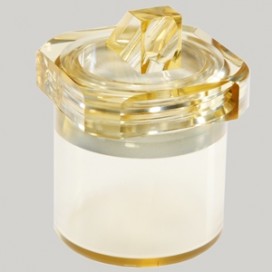When the average consumer looks at a plastic part, they tend to think that it’s molded, if they think about how the part was created at all. The other way to create plastic pieces is by machining, and in many ways, this process is actually the more preferable of the two. In many cases, machining plastic parts results in superior quality, efficiency and cost effectiveness.
The Machining Process
In general, the process of machining is the process of removing excess material to leave only the desired shape behind, rather like a sculptor chipping away stone to leave a beautiful piece. In machining plastics, the process can involve cutting, polishing, drilling, threading or a number of other procedures. Some plastics are more machinable than others, but plastic in general is a fairly easy material for plastic fabricators to manage.
Quality of Machined Plastic Parts
With Connecticut Plastics, a machined plastic part can be cut to the closest possible tolerance without leaving any of the telltale parting lines from a mold. There are also no ejector marks and there are generally cleaner and more precise threads and lines than in molded pieces. Machining also puts less stress on the component during its creation it than there would be if the plastic was melted and pressed into a mold.
Efficiency of the Machining Process
Molding plastic pieces takes a lot of planning by plastic fabricators, as molds need to be prepared ahead of time. This means that changing details of a piece or changing the piece altogether requires the creation of a new mold, which can slow down production considerably. With machining, parts can be cut differently each time, or be cut in exactly the same way. If a precision computer numerical control (CNC) machine is used, making a design change can be as simple as making a minor modification to the computer program. Best of all, a run of parts can be made, interrupted to make a few different parts, and then resumed quickly again.
Cost Savings by Using Machining
Since there is no creation of molds in machining, the tooling cost per piece or per run is lower than by molding. This is especially evident in smaller runs, which are often too cost prohibitive to even be considered through molding.







